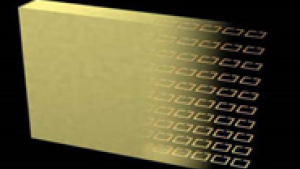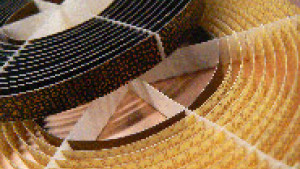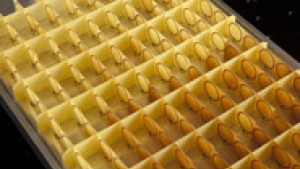Metamaterials: A Definition - Metamaterials are artificially structured materials used to control and manipulate light, sound, and many other physical phenomena. The properties of metamaterials are derived both from the inherent properties of their constituent materials, as well as from the geometrical arrangement of those materials. Though there are many structures that qualify as metamaterials, the most common is that of an arrangement of elements whose size and spacing is much smaller relative to the scale of spatial variation of the exciting field. In this limit, the responses of the individual elements, as well as their interactions, can often be incorporated (or homogenized) into continuous, effective material parameters; the collection of discrete elements is thus replaced conceptually by a hypothetical continuous material.
The advantage of this homogenization procedure is that sophisticated and complex materials can be engineered—sometimes with properties beyond what Nature provides—in a simple and intuitive manner. The metamaterial elements can be thought of as the molecules of the artificial material, and can be designed using a variety of numerical methods that have been developed over the years. Metamaterials provide a path to multiscale design, in that the properties of the metamaterial elements can be first determined, with an equivalent, hypothetical continuous material used for subsequent system design.
It is difficult to arrive at a strict and unambiguous definition of a metamaterial that wouldn’t exclude many types of structures that rightfully should be considered part of the metamaterials field. For this reason, the definition above is purposefully somewhat vague. What is important, though, is that a metamaterial is not a tangible thing; rather, a metamaterial results from a design approach that satisfies the spirit of the above definition. The metamaterial concept has influenced the way we think about materials and device design, and in many cases has allowed us to identify solutions to problems in efficient and novel ways.




